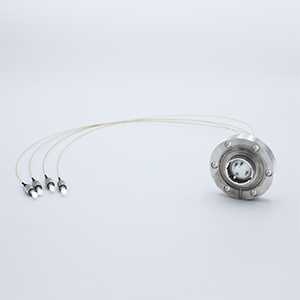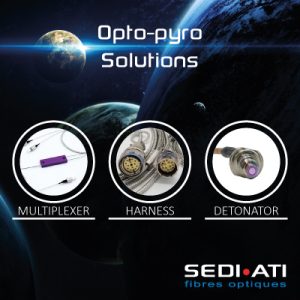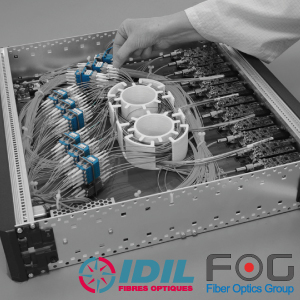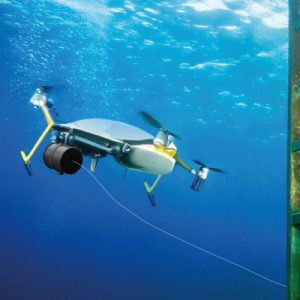SEDI-ATIHermoptic®
As part of the International Thermonuclear Experimental Reactor (ITER) project, CONESYS Europe and SEDI-ATI Fibres Optiques have produced a 100% mineral hermetic multichannel optical base for optical metrology in radiative and cryogenic environments.
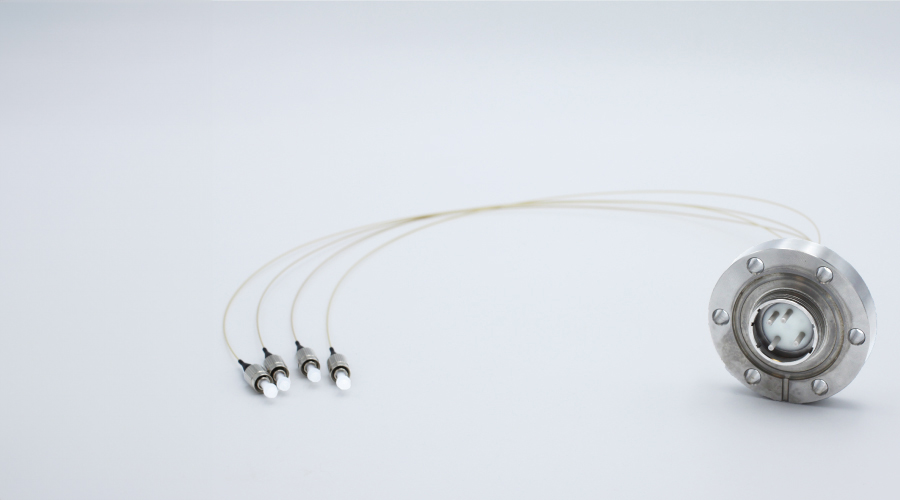
This base incorporates monomode and multimode optical fibers, specially adapted to withstand radiation.
No organic elements such as glue are used to seal the various components together. The optical points (ferrules) are sent into the connector housing, which is itself welded onto a CF DN 40 flange, and the optical fibers are sent inside them.
The insertion loss (IL) generated by this type of sealing is fully comparable to more conventional adhesive-based seals.
Before and after total irradiation of around 6 MGy at a rate of 10.5 kGy/h, the base successfully passed a Helium leak detection test of the order of 1 x 10-9 Pa.m3/s.
No measurable Radiation Induced Attenuation (RIA) was measured at the end of this test, which was considered a complete success.
About SEDI-ATI Fibres Optiques
SEDI-ATI Fibres Optiques, founded in 1972, designs, develops and manufactures fiber-optic components and assemblies, such as multi-fiber assemblies, sealed feedthroughs and optical couplers. SEDI-ATI specialises in complex and extreme environments in the defense, aerospace, nuclear and geophysics markets. More specifically for the ITER project, SEDI-ATI designs and integrates the ‘Ferrules + Optical Fibers’ sub-assemblies.
About CONESYS Europe
CONESYS Europe, created in 1998, masters glass-to-metal sealing technologies, and designs, develops and manufactures interconnection solutions in compliance with the requirements and standards of its customers’ fields of application in Aeronautics, Space, Nuclear, Military/Defence, Medical, Geophysics, etc. As part of the ITER project, CONESYS Europe is integrating the ferrules and optical fibers supplied by SEDI-ATI into the optical connectors and feedthroughs it designs.

